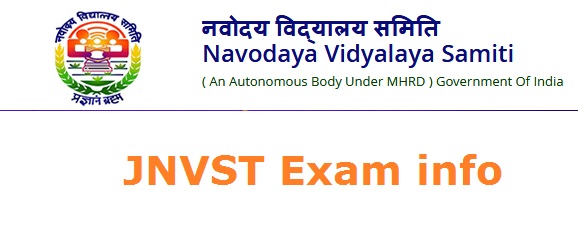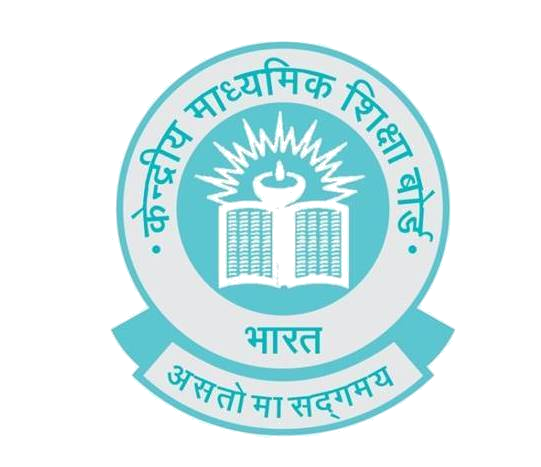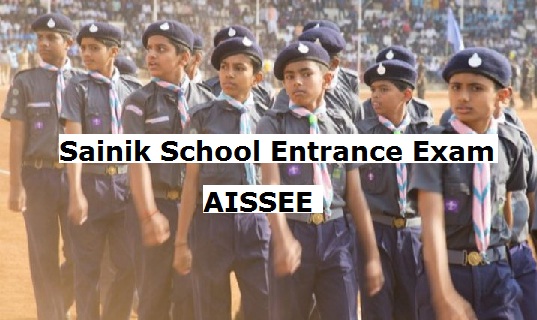CLAT: Common Law Admission Test

The Common Law Admission Test (CLAT) is conducted at national level for providing admissions into undergraduate and postgraduate law programmes offered by 22 National Law Universities across the country. The Consortium of National Law Universities is the concerned authority that conducts CLAT. Application form for next CLAT exam is likely to available in January.
Participating Universities
- NLSIU Bengaluru
- NALSAR Hyderabad
- NLIU Bhopal
- WBNUJS Kolkata
- NLU Jodhpur
- HNLU Raipur
- GNLU Gandhinagar
- RMLNLU Lucknow
- RGNUL Punjab
- CNLU Patna
- NUALS Kochi
- NLUO Odisha
- NUSRL Ranchi
- NLUJA Assam
- DSNLU Visakhapatanam
- TNNLU Tiruchirappalli
- MNLU Mumbai
- MNLU Nagpur
- MNLU Aurangabad
- HPNLU Shimla
- DNLU Jabalpur
- DBRANLU Haryana
CLAT Eligibility Criteria
As stated above, CLAT is conducted for UG and PG law programmers. Hence, it is essential to know required eligibility for both grades.
Eligibility for UG Programme
Age Criteria: There is no upper age criterion for admission.
Minimum Education
- Candidates should have passed 10+2 or an equivalent examination with at least 45% marks or its equivalent grade (for General / OBC / PWD / NRI / PIO / OCI categories candidates) and 40% marks or its equivalent for SC/ST categories.
- Candidates, likely to appear in the qualifying exam in March/April of the admission year, are also eligible.
Eligibility for PG Programme
Age Criteria: No upper age limit
Minimum Education
- Candidates should have an B Degree or an equivalent examination with at least 50% marks or its equivalent grade (for General / OBC / PWD / NRI / PIO / OCI categories candidates) and 45% marks or its equivalent for SC/ST categories.
- Candidates, likely to appear in the qualifying exam in April/May of the admission year, are also eligible.
CLAT Application Form
Candidates are permitted to submit their applications online through the consortiumofnlus.ac.in website. You need to register successfully to fill application form. The registration process requires you to enter your personal mobile number and email ID. Upon successful registration, you’ll receive an OTP to your registered mobile number. After validation, you’ll be able to login using your mobile number and password you entered while registering online.
Documents Need to Upload
- Front facing passport size recent photograph with plain background
- Signature of the candidate
- Relevant certificate issued by competent authority if you are applying under P.W.D
- Category certificate if you are applying under SC/ST/OBC
- Relevant certificate issued by competent authority if you are coming under BPL category
Application Fee
- General/OBC/PWD/NRI/PIO/OCI candidates : Rs.4,000/-
- SC/ST/BPL category candidates: Rs.3,500/-
List of important exams after class 12th
CLAT Exam Pattern
Here is the prescribed exam pattern for UG and PG programmes:
Exam Pattern for UG
- Total marks: 150 marks
- Exam duration: 02:00 Hours
- Multiple-choice questions: 150 questions (1 mark each)
- Negative marking: 25 Mark deducted for each wrong attempt
| Subjects | No. of Questions |
| English Language | 28-32 questions, or roughly 20% of the paper |
| Current Affairs, including General Knowledge | 35-39 questions, or roughly 25% of the paper |
| Legal Reasoning | 35-39 questions, or roughly 25% of the paper |
| Logical Reasoning | 28-32 questions, or roughly 20% of the paper |
| Quantitative Techniques | 13-17 questions, or roughly 10% of the paper |
Exam Pattern for PG
- Total marks: 150 marks
- Exam duration: 02:00 Hours
- Multiple-choice questions: 100 questions (1 mark each)
- Negative marking: 25 Mark deducted for each wrong attempt
Subjective Questions
50 Marks (2 Essay type questions each of 25 Marks, 800 words per essay) based on law and contemporary issues.
CLAT Syllabus
UG Syllabus
CLAT UG exam consists of questions from English Language, Legal Reasoning, Logical Reasoning, Current Affairs, including General Knowledge, Quantitative Techniques
English Language
You’ll get passages of about 450 words each. These passages are derived from contemporary or historically significant fiction and non-fiction writing, and would be of a standard that a 12th standard student will be able to read in about 5-7 minutes.
Current Affairs Including General Knowledge
- Contemporary events of significance from India and the world;
- International affairs;
- Arts and culture; and
- Historical events of continuing significance.
Legal Reasoning
You’ll be given passages of 450 words each and it may belong to fact situations or scenarios involving legal matters, public policy questions or moral philosophical enquiries.
Logical Reasoning
You’ll get short passages of 300 words each. You need to
- Recognize an argument, its premises and conclusions;
- Critically analyse patterns of reasoning, and assess how conclusions may depend on particular premises or evidence;
- Read and identify the arguments set out in the passage;
- Infer what follows from the passage and apply these inferences to new situations;
- Draw relationships and analogies, identify contradictions and equivalence, and assess the effectiveness of arguments.
Quantitative Techniques
It will include short sets of facts or propositions, graphs, or other textual, pictorial or diagrammatic representations of numerical information, followed by a series of questions.
PG Syllabus
There will be two sections in CLAT PG exam:
· The first section includes 100 objective-type questions carrying 1 mark each
· In the second section, you have to write 2 descriptive essays.
Objective Section
This section will include questions from primary legal materials such as important court decisions in several fields of law, statutes or regulations. Each passage will be followed by a series of questions that will require you to demonstrate the:
- Ability to read and comprehend the issues discussed in the passage, as well as any arguments and viewpoints discussed or set out in the passage;
- Awareness of the issues discussed in the passage, as well as of legal issues and facts related to and arising out of the passage and the judgment or statute from which it is extracted;
- Summarise the passage; and
- Ability to apply your knowledge of the fields of law discussed in the passage.
Descriptive Section
- Awareness of the legal, factual, and philosophical issues arising out of the questions you choose to answer;
- Ability to structure your answer, and clearly set out various arguments and perspectives related to the topic set out in the questions and to draw a conclusion based on the above.
CLAT Helpdesk
Phone Number: 08047162021
Email: [email protected]
Frequently Asked Questions
Based on its official notification.
CLAT exam is conducted in offline mode.
You can apply in online mode. More details are given above.
Yes, 0.25 marks will be deducted for every incorrect response.
Share your concerns, if any through the comment box. We are here to assist you.





Sir, perhaps you can do guide me if you want to help me. my CLAT exam .
i am social work graduate and post graduate can i appear for clat exam .
Very very good content, very clear information.
I am a post graduate in chemistry and want to appear for CLAT. Is I am eligible for PG or UG Course let met know